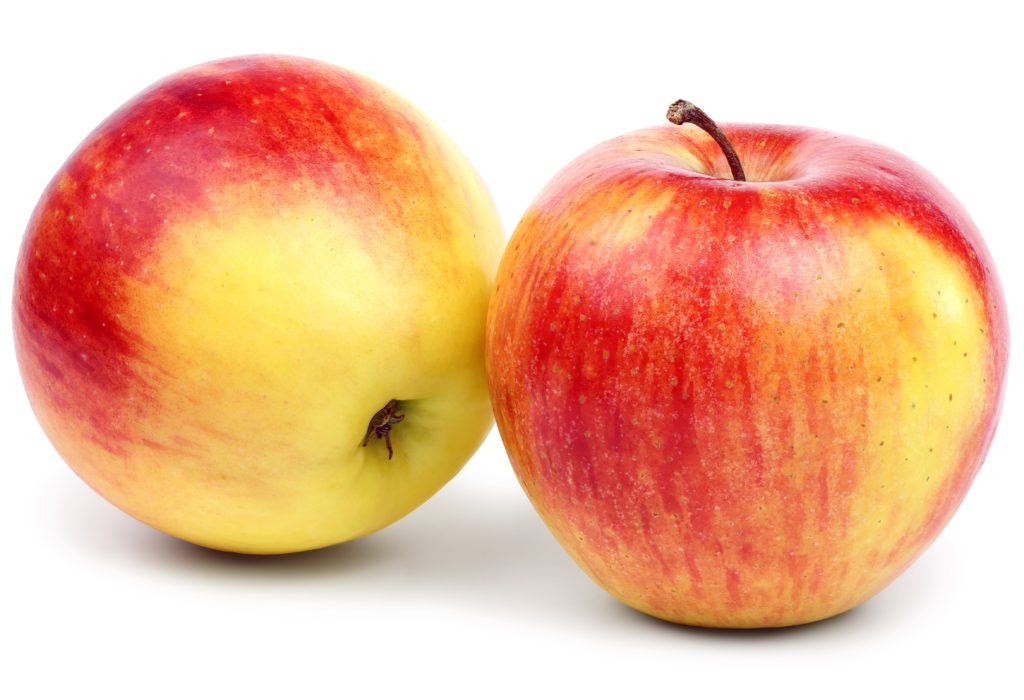 Inspired and curious about the plant-based options for our old favorite sweetener, honey, Berkshire decided to take a closer look. Perusing the aisles of our local store, we noted that options include date syrup, golden syrup, coconut nectar, molasses, agave nectar, and the always outstanding New England maple syrup. (And yes, of course we’re biased about this local delight!) But what we didn’t expect to see was that there is also a range of ‘mock’ honey products. Bee Free Honee, for example, is made from apples and we were impressed by the concise list of ingredients: apples, cane sugar, and lemon juice. It’s crafted by a boutique, all-female company based in Minnesota, uses only local organic fruit, and is available in wild flavors such red curry, mint, ancho chile, and slippery elm for comfort from those winter colds and flu. Although the red curry variety might perhaps be an ‘acquired taste’…
Inspired and curious about the plant-based options for our old favorite sweetener, honey, Berkshire decided to take a closer look. Perusing the aisles of our local store, we noted that options include date syrup, golden syrup, coconut nectar, molasses, agave nectar, and the always outstanding New England maple syrup. (And yes, of course we’re biased about this local delight!) But what we didn’t expect to see was that there is also a range of ‘mock’ honey products. Bee Free Honee, for example, is made from apples and we were impressed by the concise list of ingredients: apples, cane sugar, and lemon juice. It’s crafted by a boutique, all-female company based in Minnesota, uses only local organic fruit, and is available in wild flavors such red curry, mint, ancho chile, and slippery elm for comfort from those winter colds and flu. Although the red curry variety might perhaps be an ‘acquired taste’…
But is consumer adoption of this type of product evidence of growing demand for clean, contamination-free foods? Is this brand of creativity and innovation successfully disrupting a traditional industry? We think so. View the original article: Tainted Treats: To What Extent Does Honey Represent a Nutritional Friend or Foe?
